
Water Ecosystem: Activities.
The activities surrounding the exhibition “Water Ecosystem” revolved around one question: How can we apply knowledge of the natural world into art? And, how can the coastal landscape, water sources and management and vegetable fibers from the wetlands be incorporated into art, design and architecture projects in a sustainable manner?
Guided visit
Ana Teresa Barboza and Rafael Freyre hosted a guided visit where they shared the reflections and insights gained during the installation assembly process, as well as answering questions from the assistants. Barboza and Freyre’s first collaborative work was 2017’s Destejer la Imagen (Unweave the Image), a series of pieces made from natural fibers and local rock types. Together, they have since explored the relationship between body and ecosystem, driven by a common interest in natural materials, artisanal traditions and the history that forms in each place. This way, they developed a particular interest in the wetlands and the link between pre-Hispanic civilizations and the coastal ecosystems of Peru.
Water sources: Technologies for water care and filtering
A panel discussion by Marino Morikawa, an environmentalist and scientist, and Arturo Alfaro, activist and director for NGO VIDA, about the issues affecting the wetlands and other natural water sources in Peru. Marino is a specialist in wetland and lake recovery by means of bio- and nanotechnologies. Arturo is dedicated to the betterment of public health conditions and is the national coordinator for the international Coastal and River Cleanup Campaign.
Junco and totora basketry laboratory
The Goicochea brothers hosted a junco and totora basketry workshop. Samuel, Ever and David are the collaborating artists behind the woven junco and totora pieces in “Water Ecosystem”. The family tradition was passed on to them by their parents, who were traditional matara and junco weavers from Cajamarca. Presently, the whole family shares a workshop in Lima where they work both together and independently.
Junco and totora designs
An exhibition and discussion featuring researcher Samuel Charca, designers Ricardo Geldrés and Alvaro Chang-Say and artist Juan Pacheco about weaving with vegetable fibers and their possible uses with contemporary technologies.
Samuel Charca is at present researching the use of natural fibers to reinforce compound laminate materials. The common thread in the works of Ricardo Geldres, Alvaro Chang Say and Juan Pacheco is their exploration of local materials and worldviews. Alvaro’s work is based around the recycling of non-conventional materials. Other than the promotion of recycling, Ricardo aims to recover artisanal techniques or the use of low technology. Juan boasts a long trajectory in weaving. He invented the Peruvian knit in 1992, and has gone on to knit fibers, metals and LED hoses since. He describes his work as neoancestral, as it seeks to transform works found in archeology into contemporary art pieces.
The panel discussion included a three-week exhibition showcasing pieces by Ricardo, Álvaro, Juan, Ana and Rafael.
Scenic Landscapes
The LOT Association for Theater Research (La Otra Orilla – The Other Shore) presented a panel discussion and performance titled Paisajes Escénicos (Scenic Landscapes). Led by Carlos Cueva and a group of artists from varied backgrounds, LOT explores the relationship between body, space and the arts. Since its foundation in 1988, LOT has produced theater plays and publications, as well as generating teaching spaces that follow in the legacy of the art vanguards. The panel discussion featured a review of experiences from LOT’s portfolio based on reflections about the landscape. Among them is Urban Landscapes, LOT’s first project to approach the subject of desert and water scarcity in the coast of Peru. The project sparked the research efforts that led to the exhibition Water Ecosystem.
Another feature was the participation of anthropologist and researcher Mijail Mitrovic, who presented the lecture “Subject, space and utopia.”
A visit to Ana and Rafael’s workshop
Finally, Ana Teresa and Rafael opened the doors to their workshop in Barranco to share their artistic processes and the references that inspire their work.
“Water Ecosystem” by Ana Teresa Barboza and Rafael Freyre is the winner project of MAC Lima’s 2019 Art and Innovation Award, sponsored by UTEC – Engineering and Technology University and BBVA Foundation Peru.
MARINO MORIKAWA
Ph.D in Bioindustrial Science, M.Sc in Agro-Bioresources Sciences and Technology (Tsukuba University, Japan).
ARTURO ALFARO
President of the NGO VIDA Institute for Environmental Protection.
SAMUEL GOICOCHEA
Artisan specialized in fabrics with vegetable fibers.
EBER GOICOCHEA
Artisan specialized in fabrics with vegetable fibers.
DAVID GOICOCHEA
Artisan specialized in fabrics with vegetable fibers.
SAMUEL CHARCA
Ph.D in Civil Engineering in the areas of materials and design (University of Puerto Rico).
RICARDO GELDRES
Bachelor of Education (San Ignacio de Loyola University). Bachelor of Arts with a major in Industrial Design (PUCP).
ALVARO CHANG SAY
Master in Design Symbolization Theories (UMSS – University of Washington), Urban Analysis (UMSS – Tulane University), Applied Peruvian Design (I.N.C). Bachelor of Education (San Ignacio de Loyola). Bachelor in Industrial Design (PUCP).
JUAN PACHECO
Bachelor of Arts (PUCP). CONCYTEC Researcher accredited by the National Registry of Researchers in Science and Technology.DINA CONCYTEC.
CARLOS CUEVA
Actor, pedagogue, director and founder of the Asociación para la Investigación Teatral La Otra Orilla (Association for Theater Research The Other Shore). Actor and founding member of Cuatro Tablas.
MIJAIL MITROVIC
Master in Social Sciences, specialty Anthropology (PUCP). Bachelor of Anthropology (PUCP).
PHOTOGRAPHY
JUAN PABLO MURRUGARA
MAC LIMA

![visitacomentada3 [:es]Ana Teresa Barboza y Rafael Freyre exponen los procesos del trabajo artístico con materiales naturales.[:] [:en]Ana Teresa Barboza and Rafael Freyre expose the processes of artistic work with natural materials.[:]](https://raffreyre.com/wp-content/uploads/visitacomentada3-1.jpg)
[:es]Ana Teresa Barboza y Rafael Freyre exponen los procesos del trabajo artístico con materiales naturales.[:] [:en]Ana Teresa Barboza and Rafael Freyre expose the processes of artistic work with natural materials.[:]
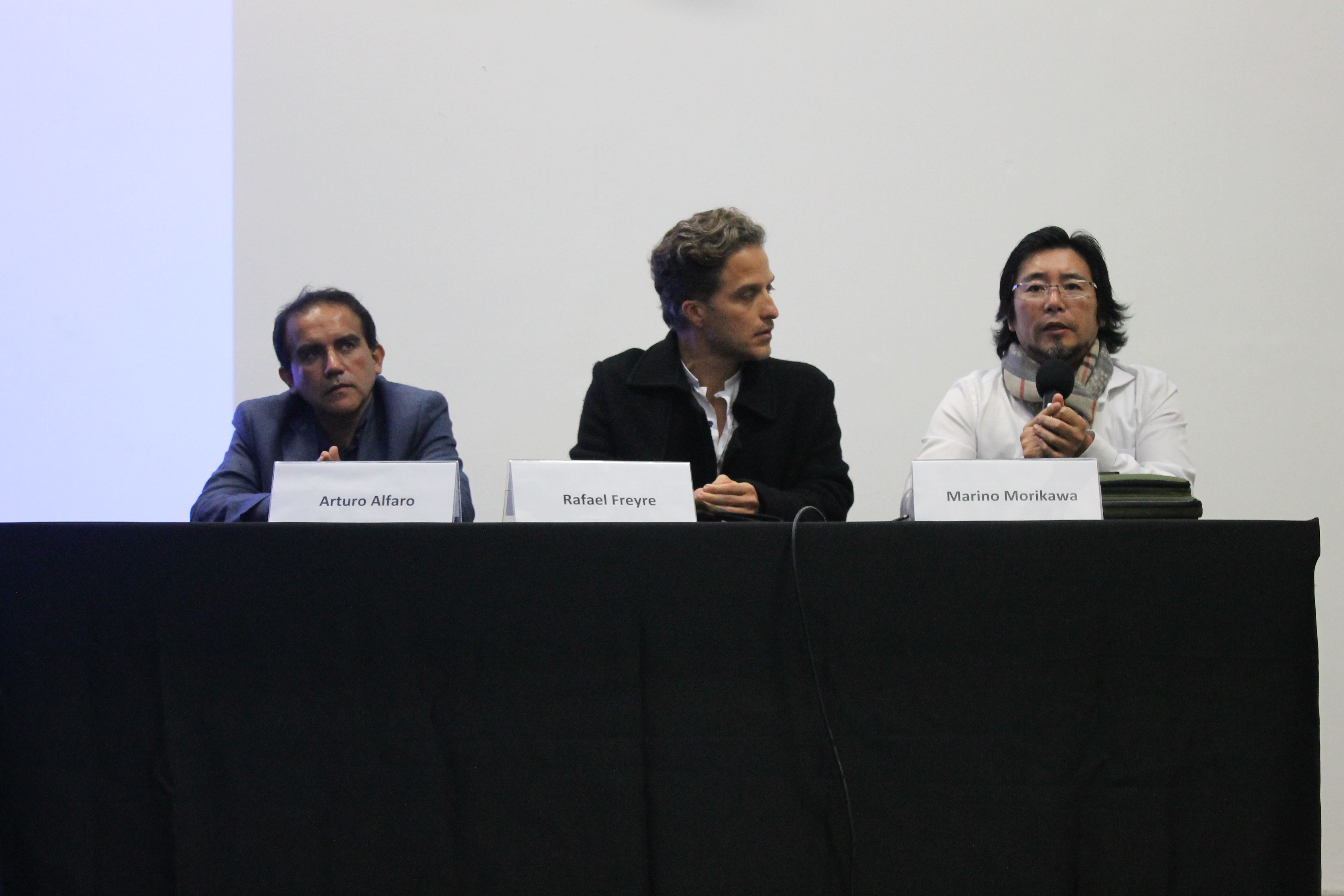
Arturo Alfaro, Rafael Freyre y Marino Morikawa conversan sobre los problemas que afectan a los humedales en el Perú. Arturo Alfaro, Rafael Freyre and Marino Morikawa discuss the problems that affect wetlands in Peru.
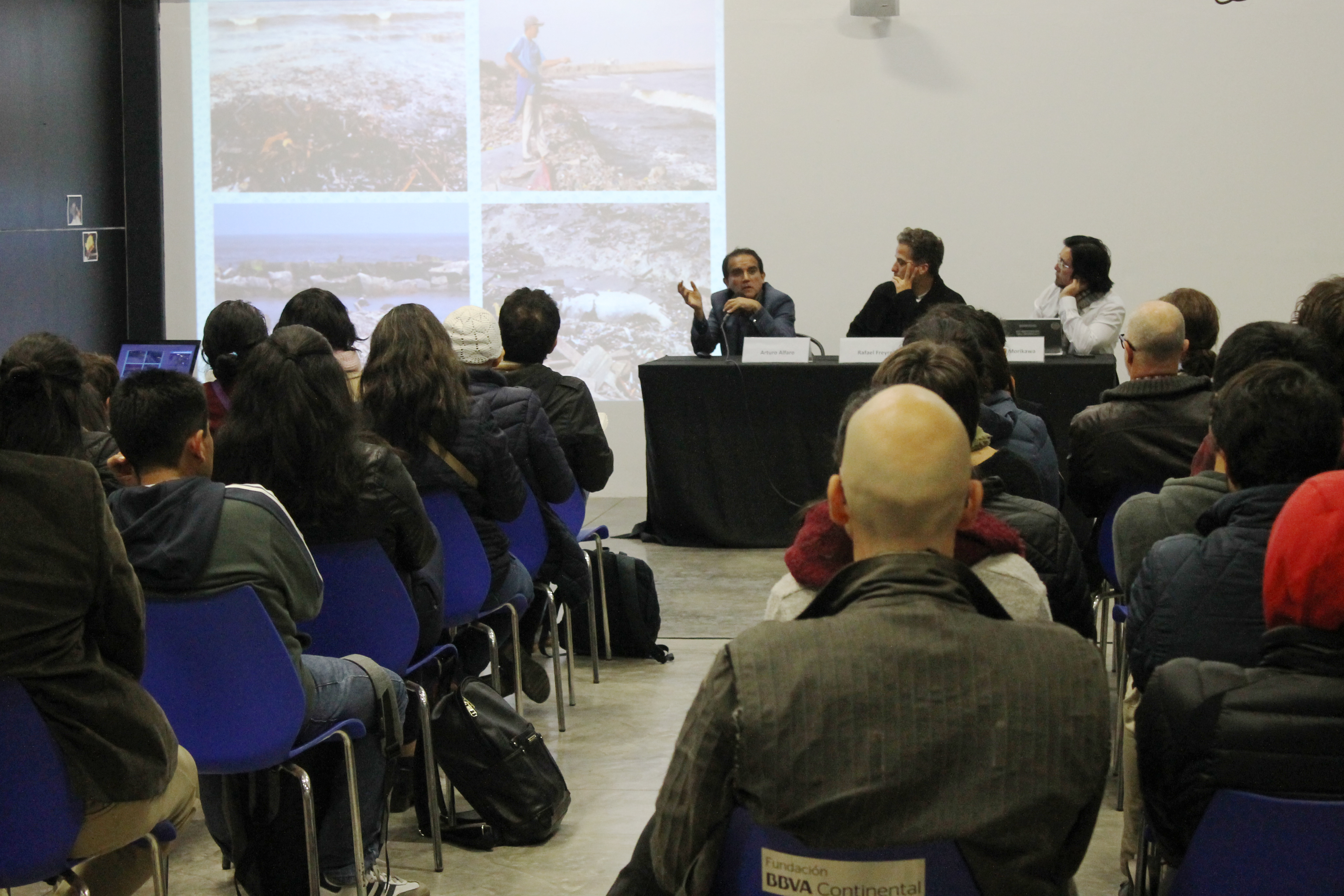
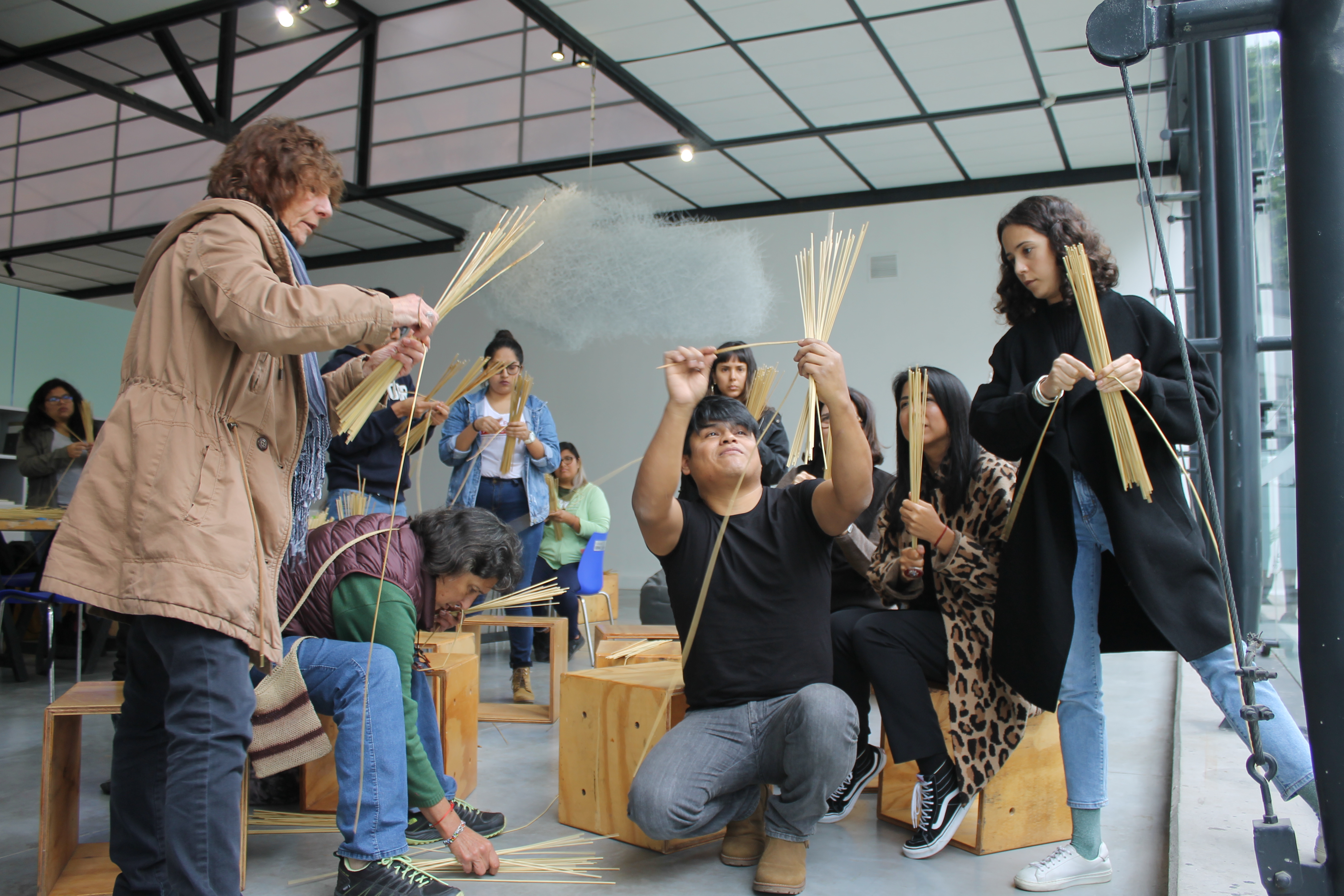
Samuel Goicochea enseña técnicas tradicionales de tejido con fibras naturales. Samuel Goicochea teaches traditional weaving techniques with natural fibers.
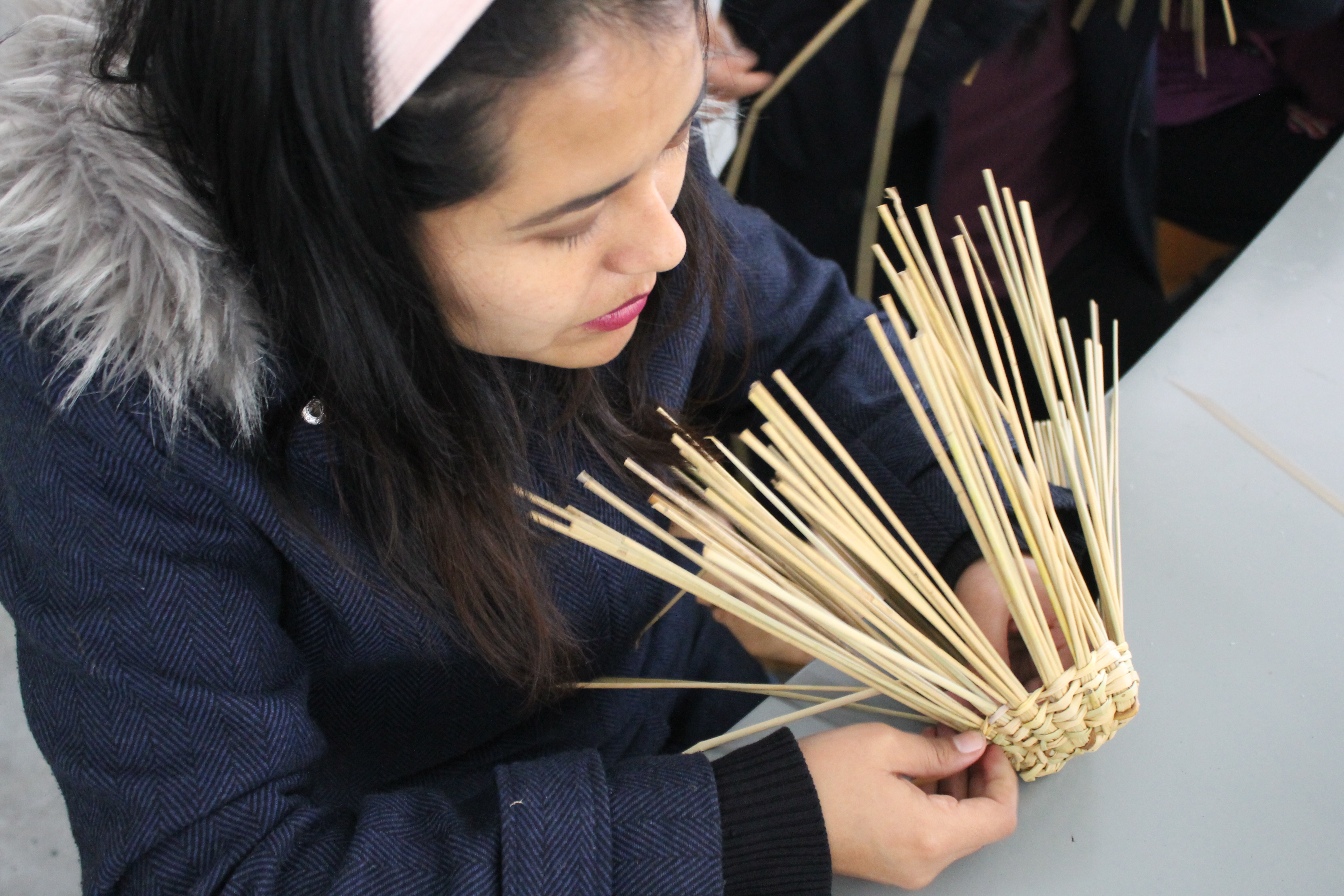
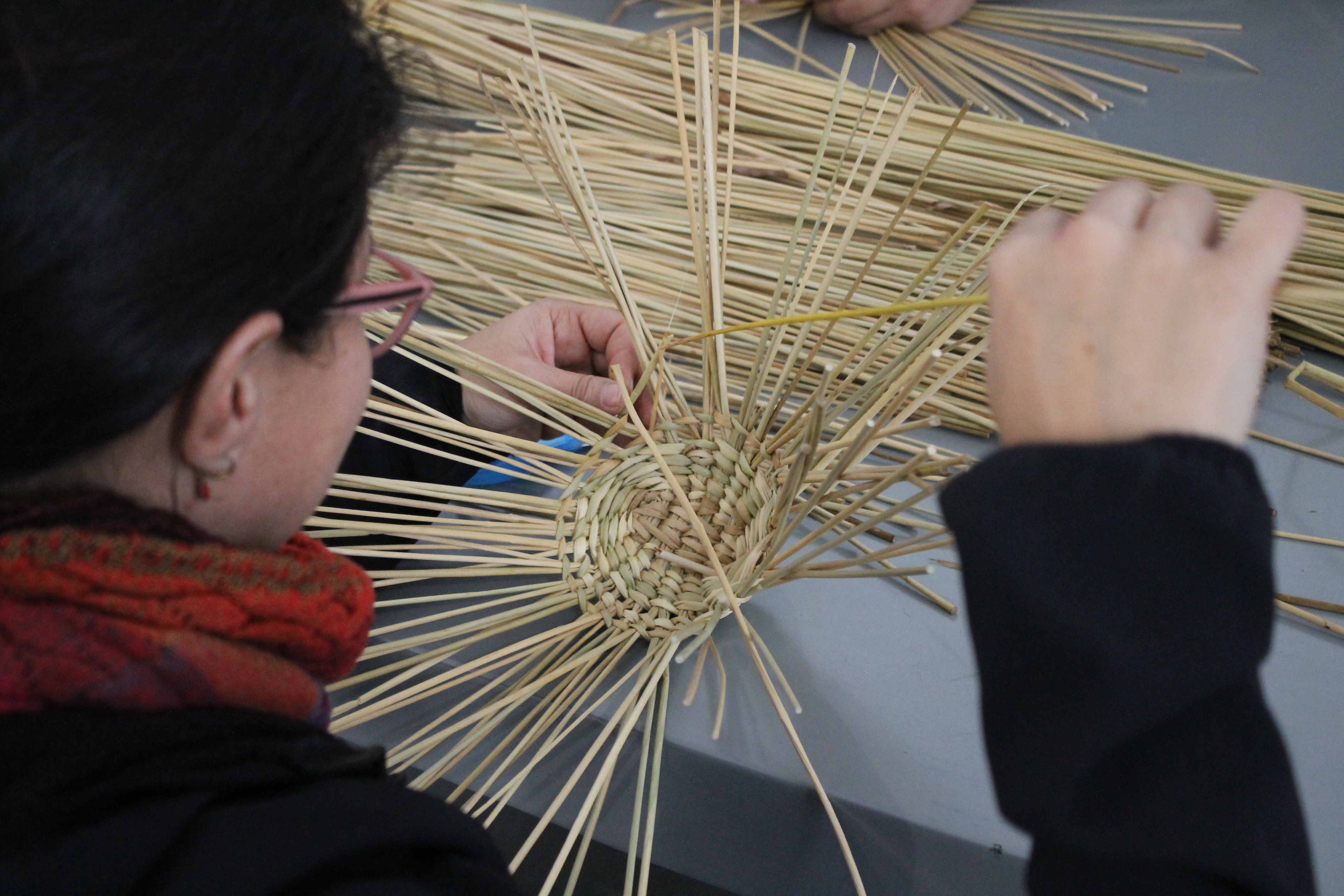
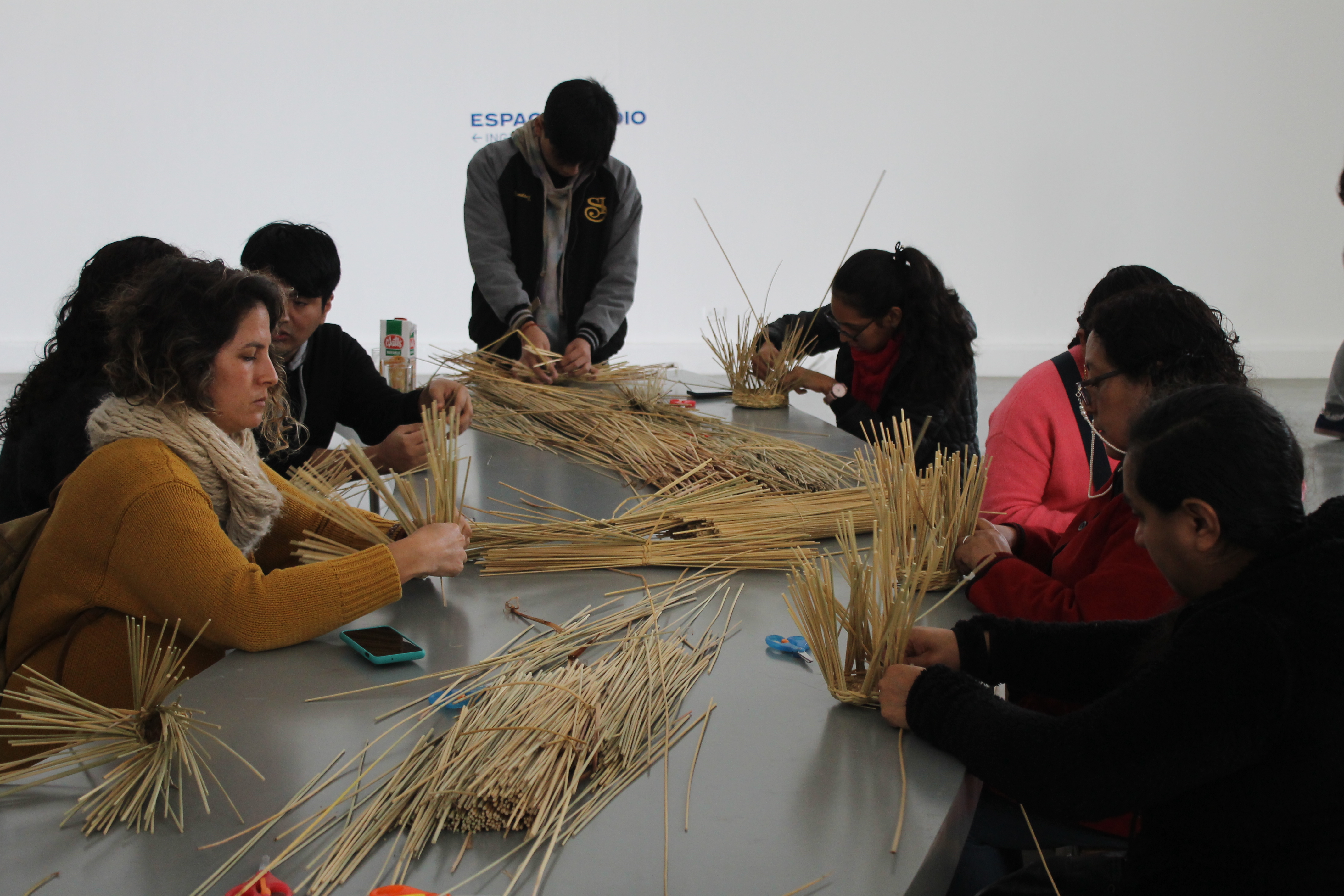
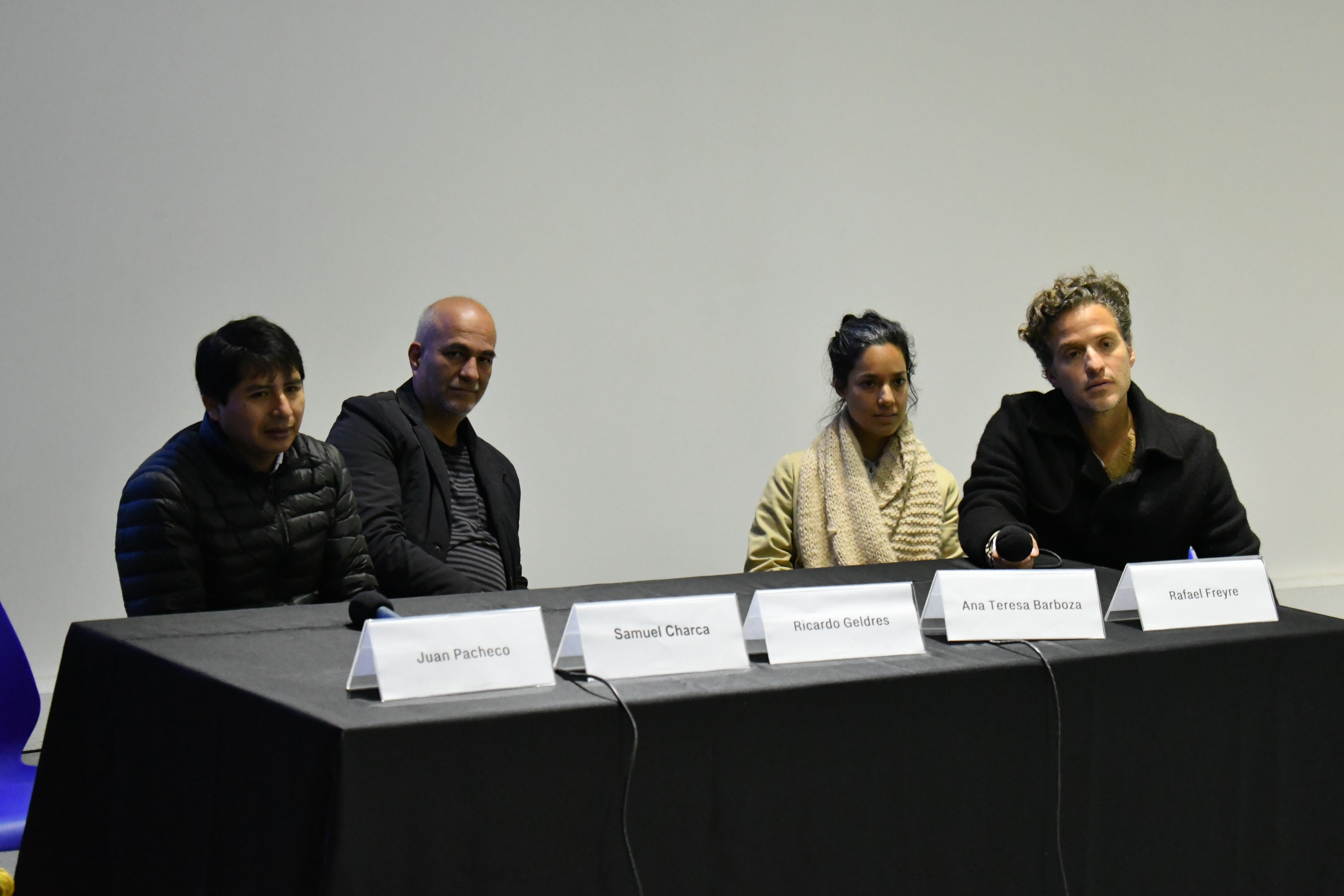
Juan Pacheco, Ricardo Geldres, Ana Teresa Barboza y Rafael Freyre dialogan sobre el diseño y arte con junco y totora. Juan Pacheco, Ricardo Geldres, Ana Teresa Barboza and Rafael Freyre discuss design and art based in reed and cattail.

Exposición de diseños en junco y totora. Exhibition of designs in reed and cattail.
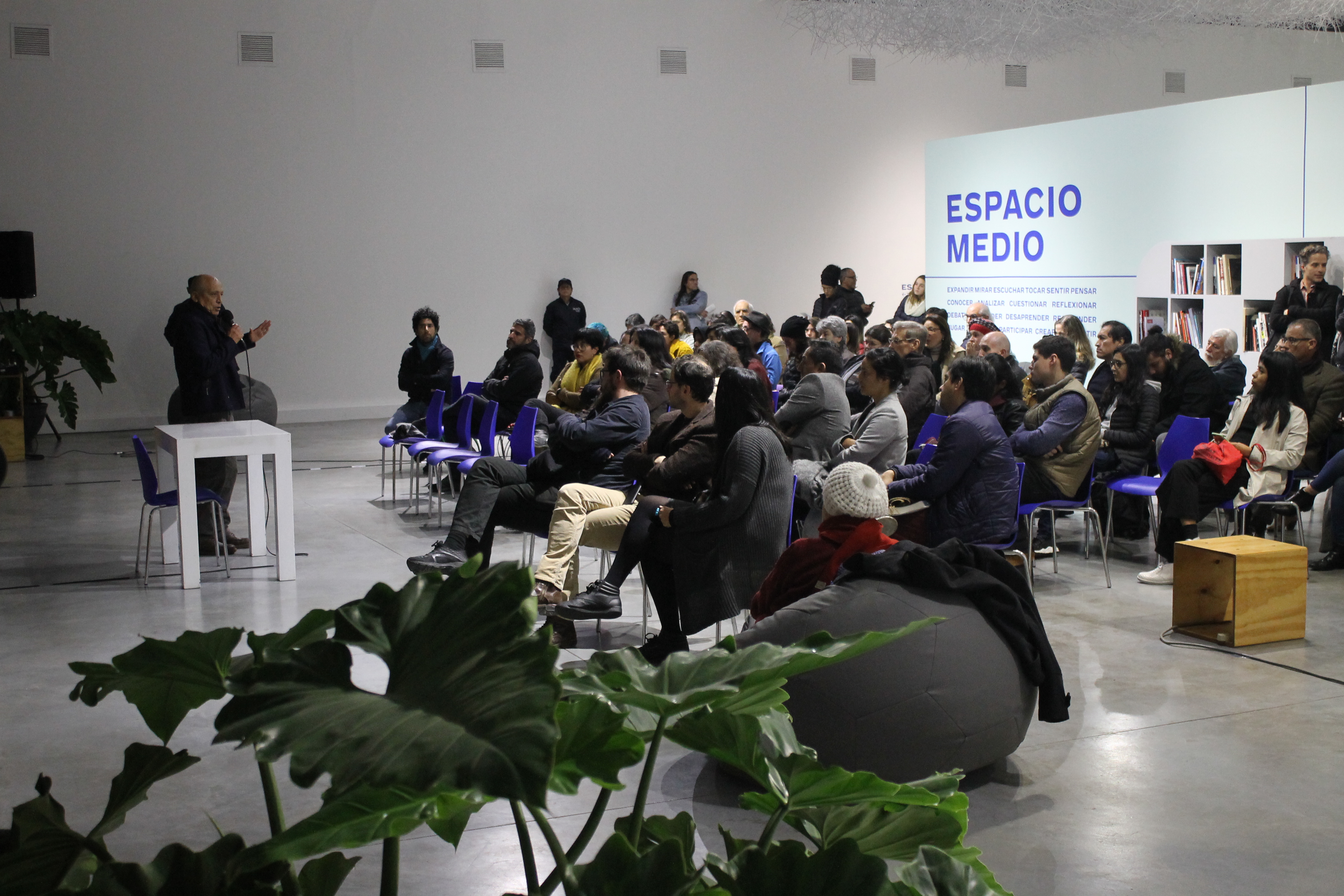
Carlos Cueva en la presentación de Paisajes Escénicos de LOT. Carlos Cueva in the presentation of Scenic Landscapes of LOT.
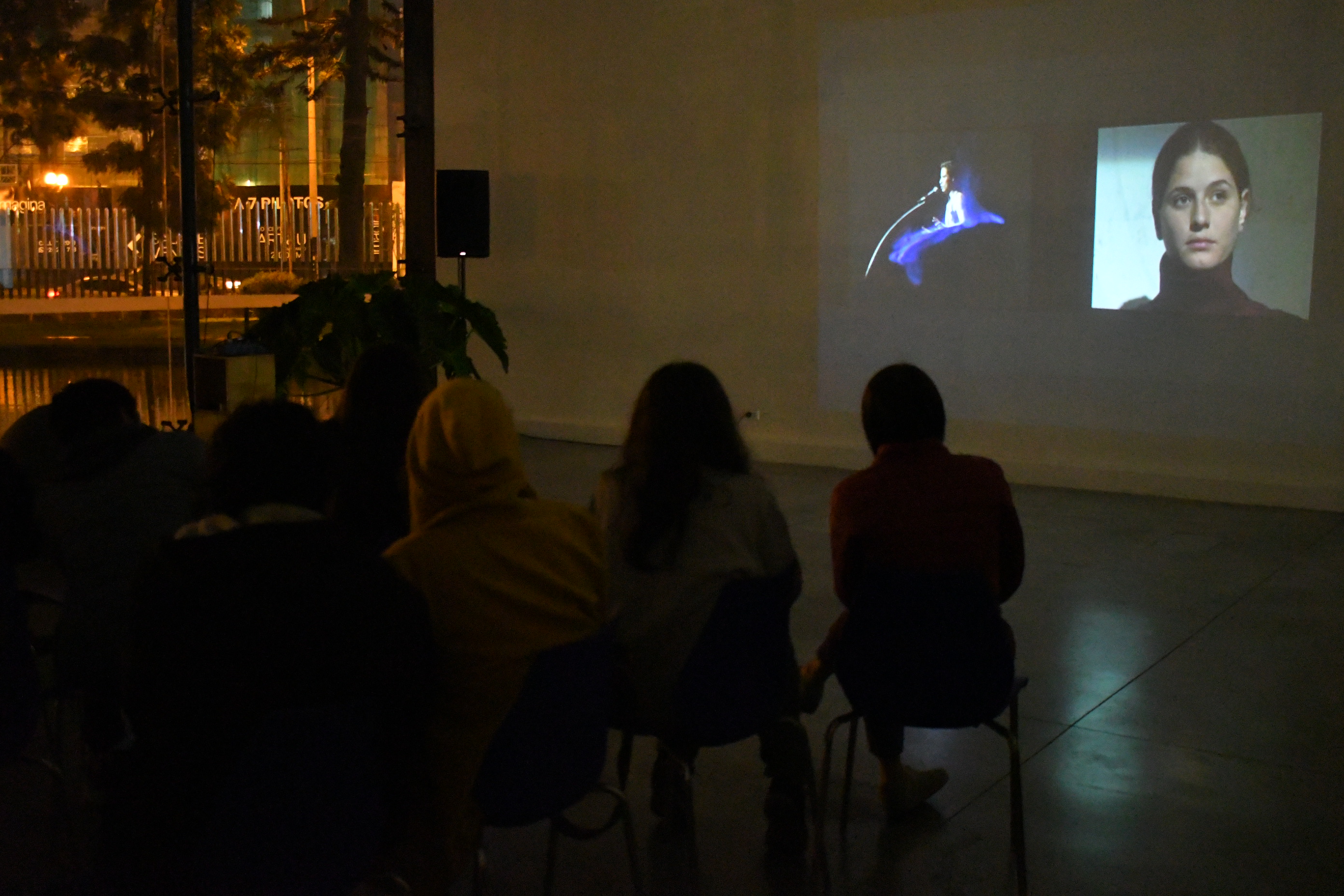
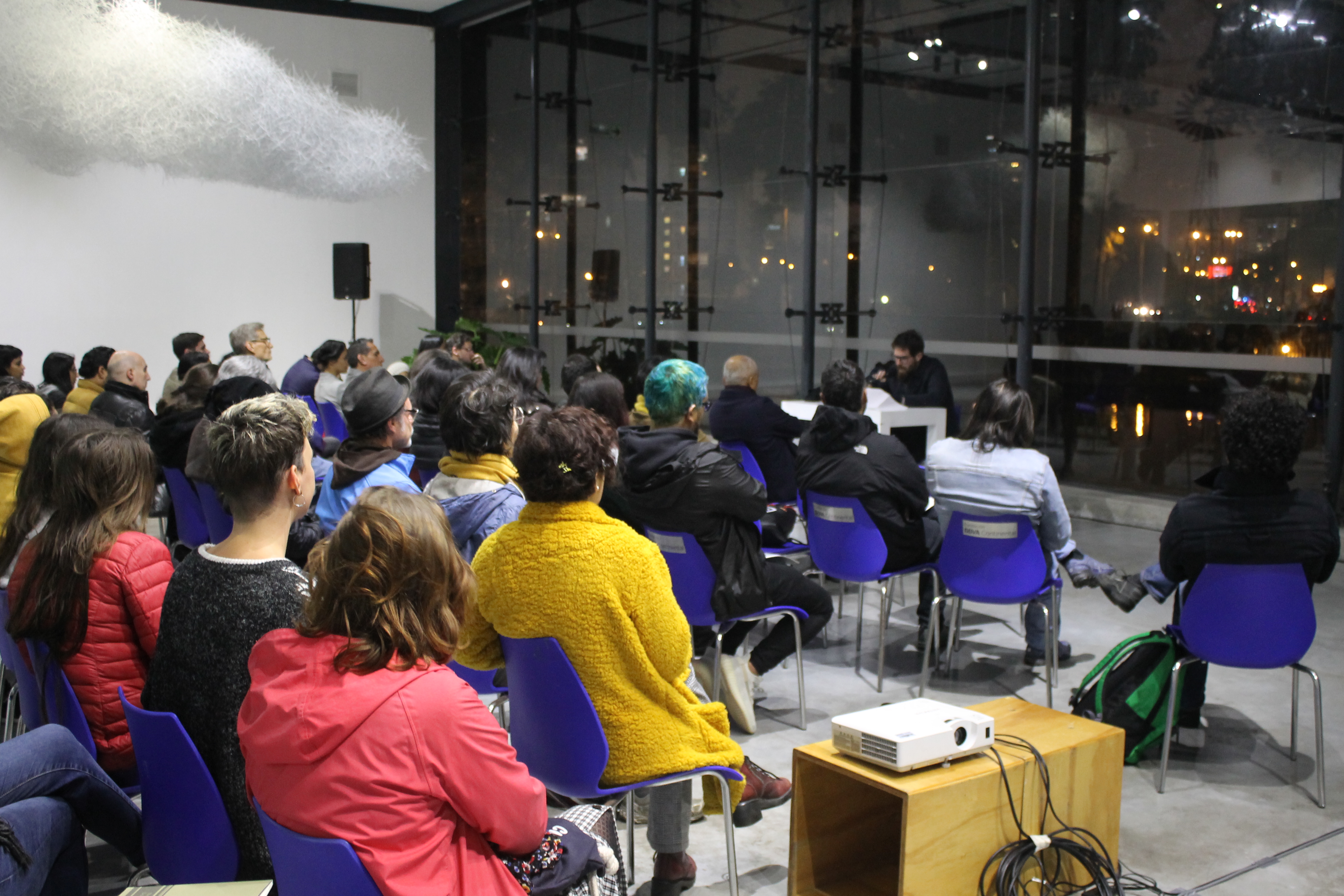
Mijail Mitrovic presenta "Sujeto, espacio, utopía". Mijail Mitrovic presents "Subject, space, utopia".
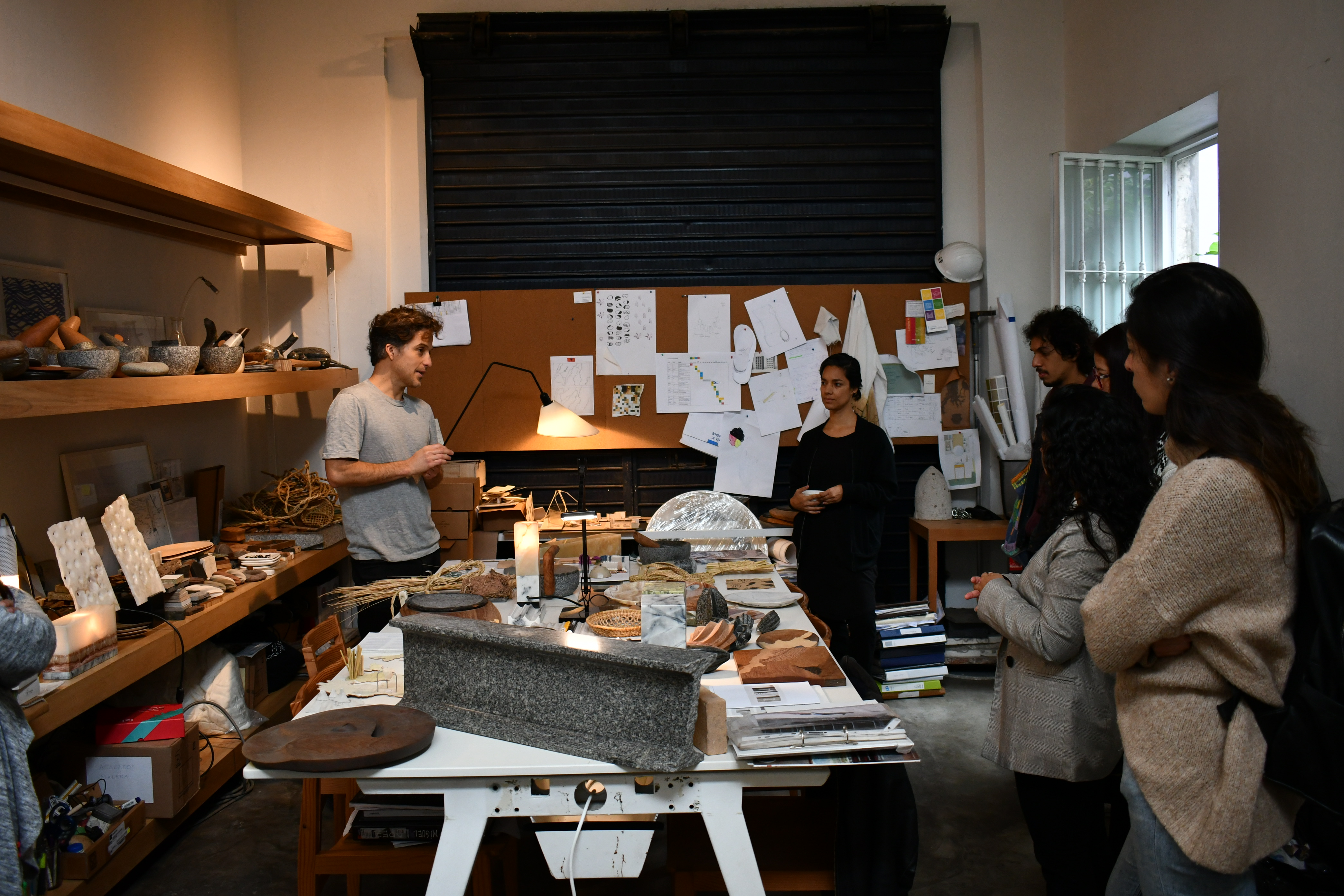
Ana y Rafael abren las puertas de sus talleres para hablar de sus procesos creativos con materiales naturales. Ana and Rafael open the doors of their workshops to talk about their creative processes with natural materials.
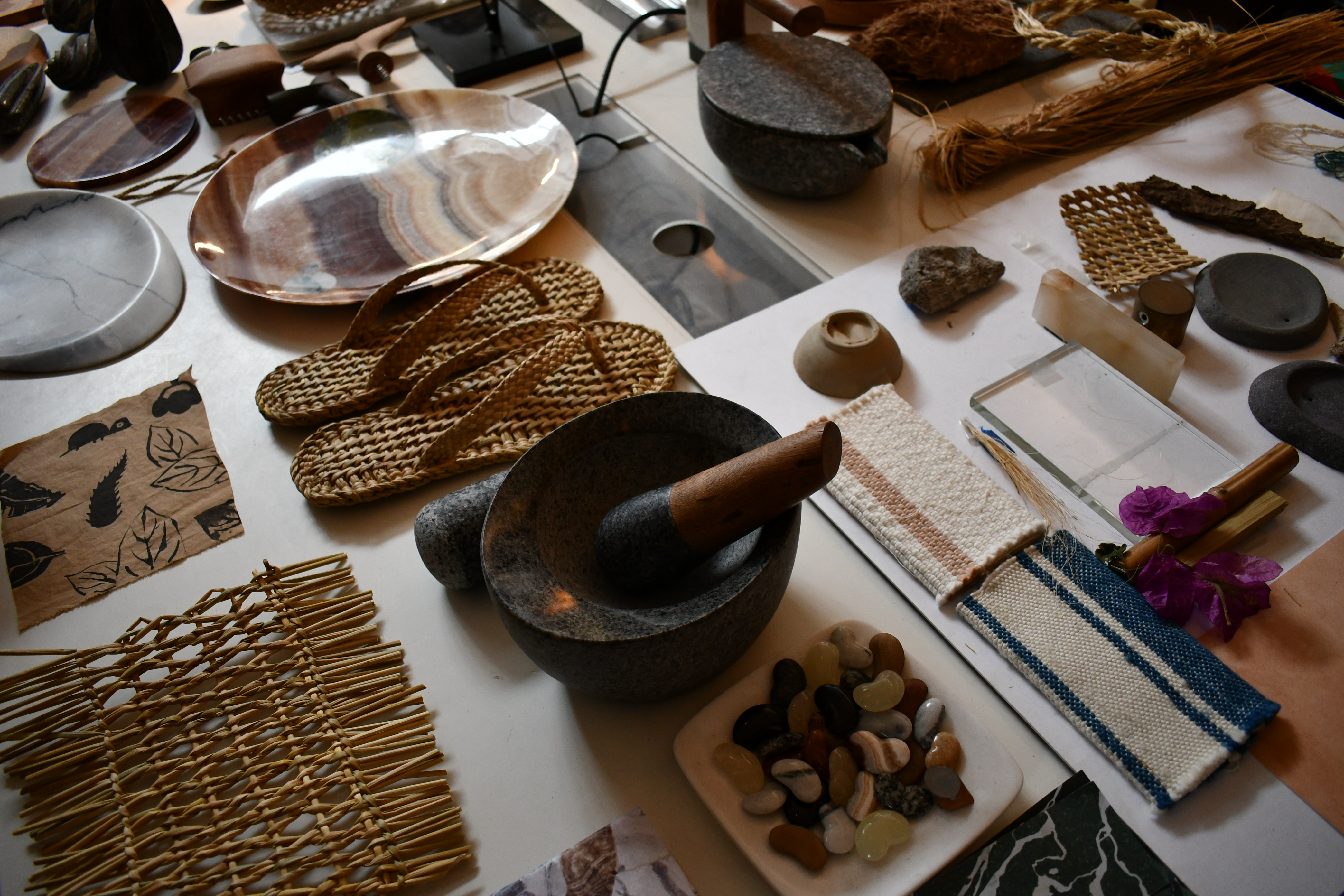
Diseño peruano contemporáneo. Piezas de junco, piedra y madera diseñadas por Estudio Rafael Freyre. Contemporary peruvian design. Reed, stone and wood pieces designed by Estudio Rafael Freyre.
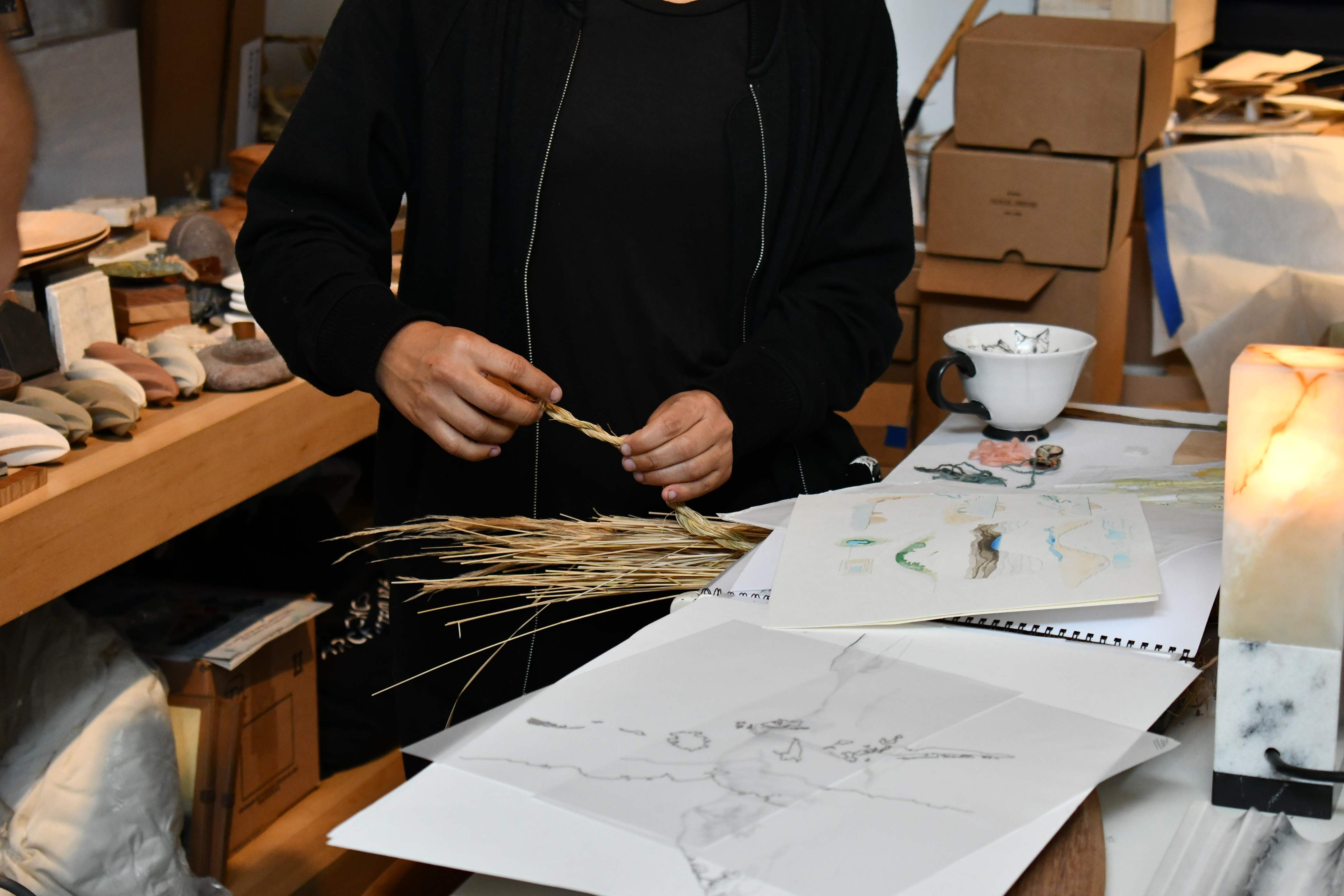
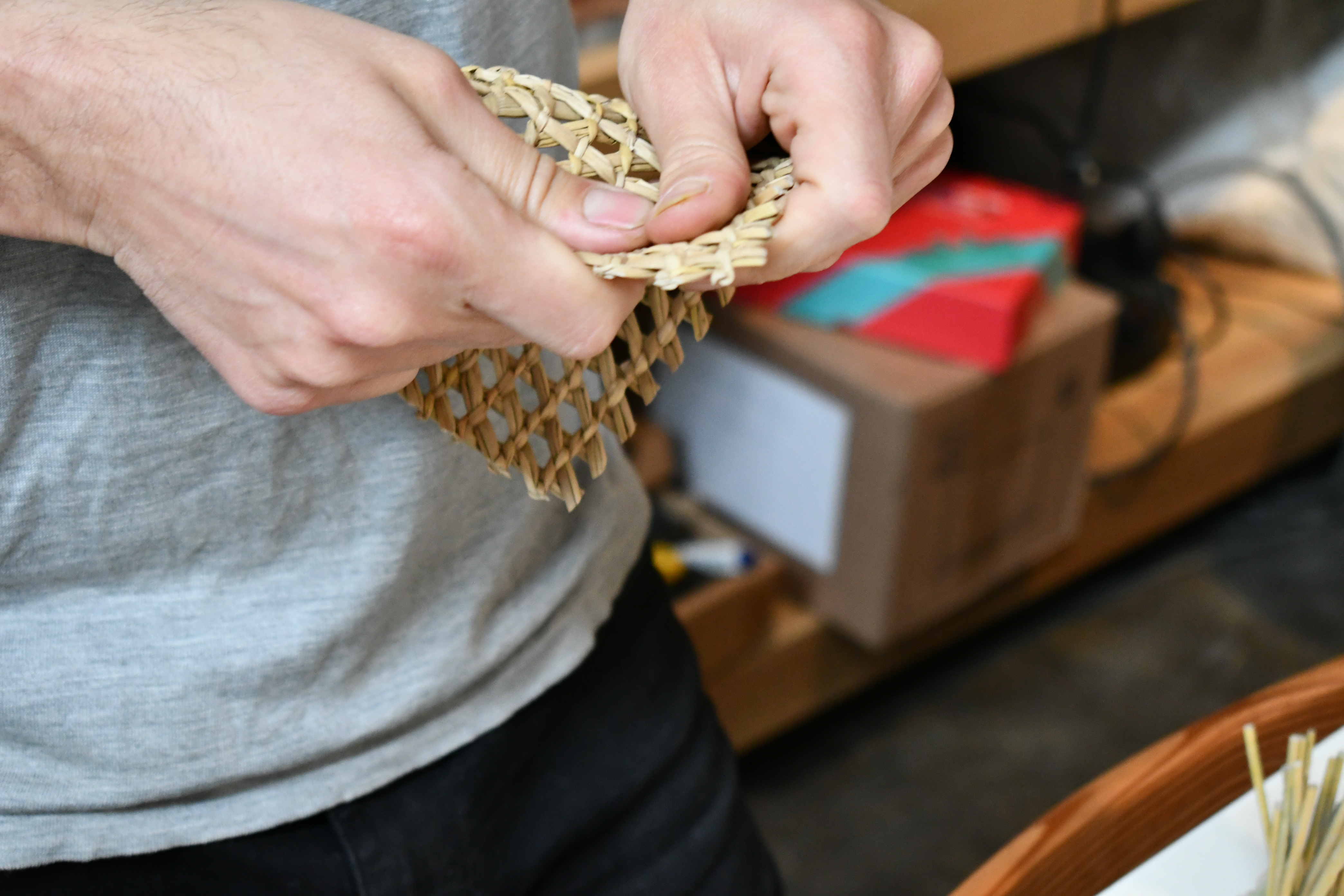
Experimentación con materiales locales. Prototipo de tejido con totóra. Experimentation with local materials. Tissue prototype with totóra.
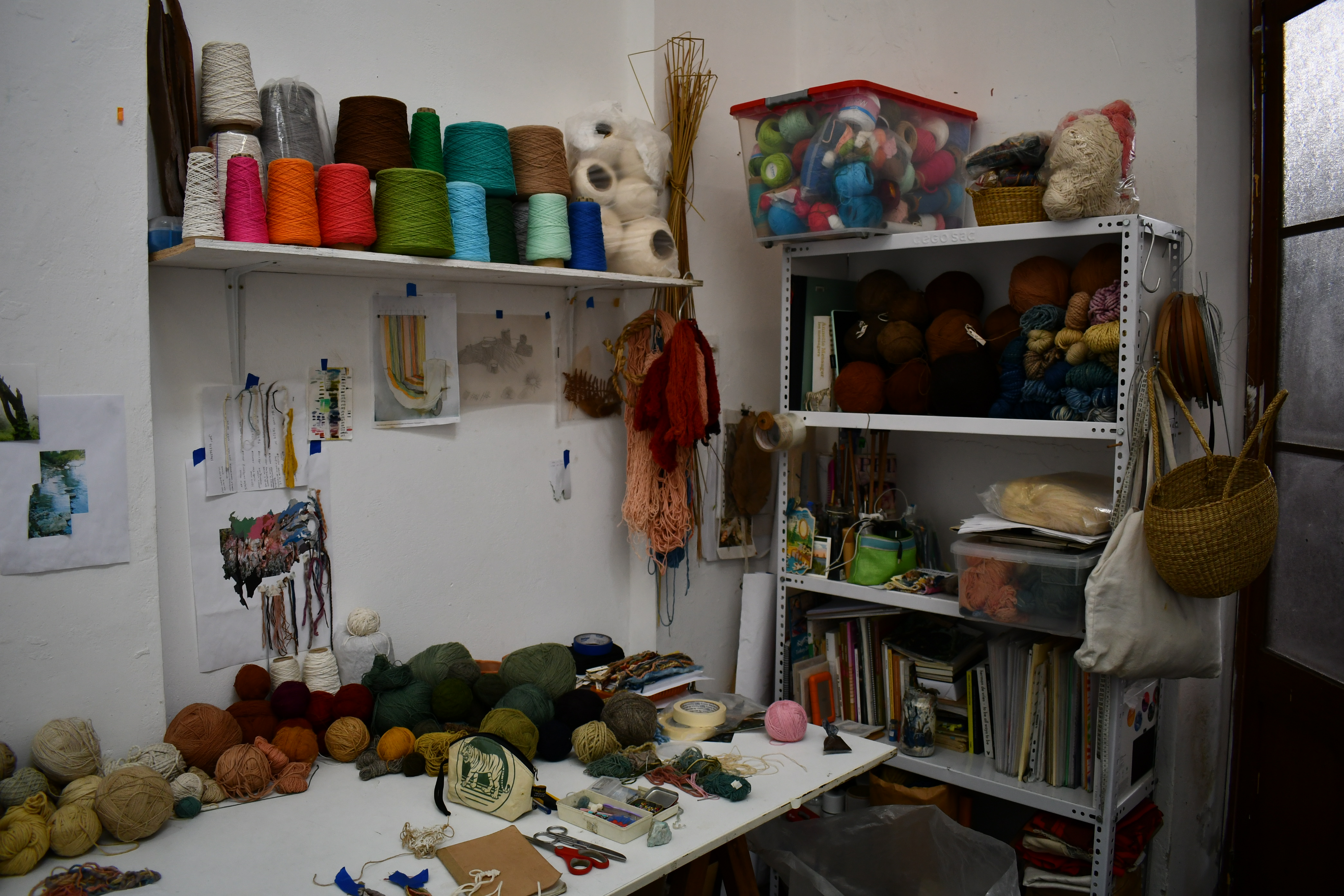
Arte textil contemporáneo. Taller de Ana Teresa Barboza. Contemporary textile art. Ana Teresa Barboza's workshop.
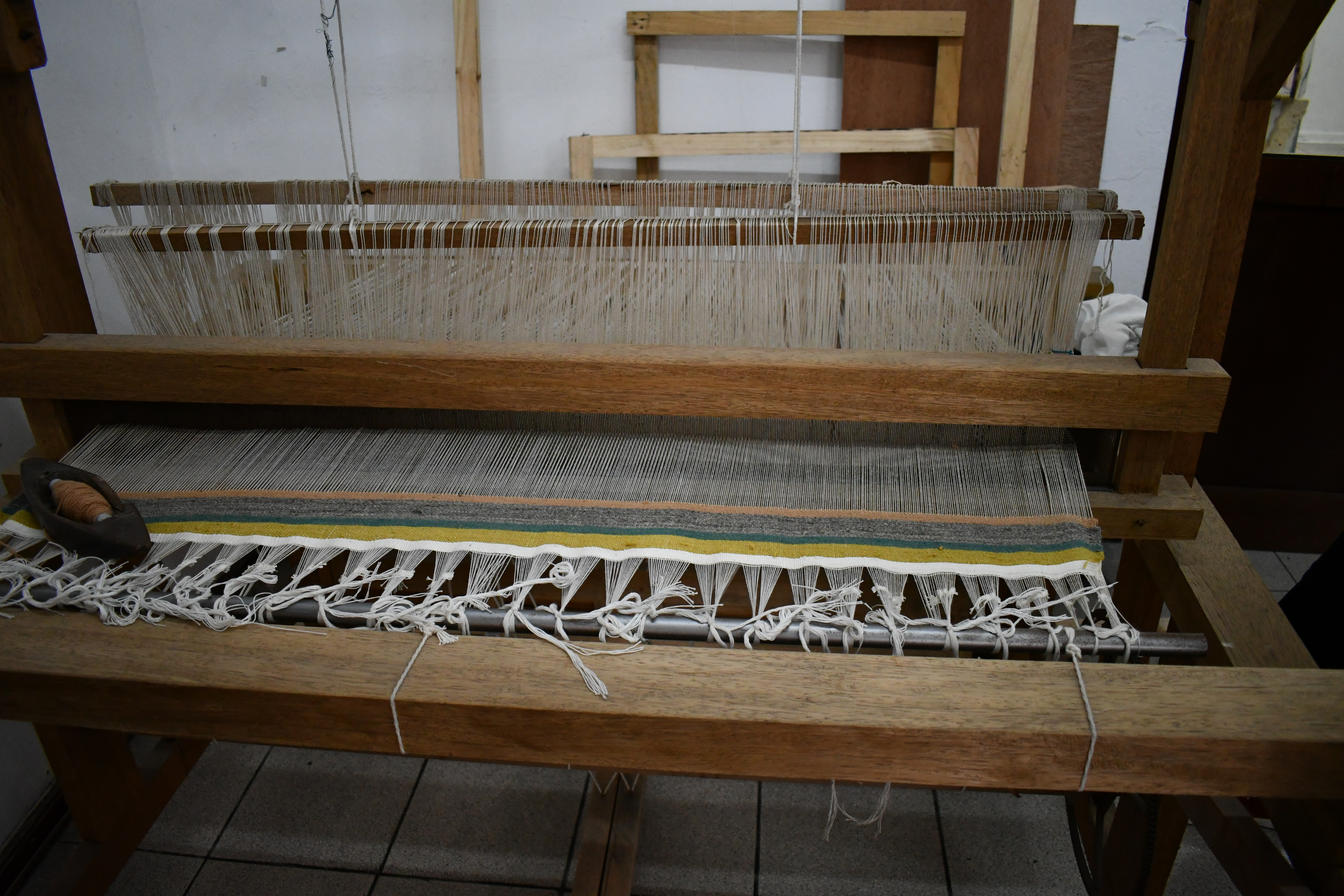
La artista Ana Teresa Barboza teje sus piezas con la máquina del telar. The artist Ana Teresa Barboza weaves her pieces with a loom machine.
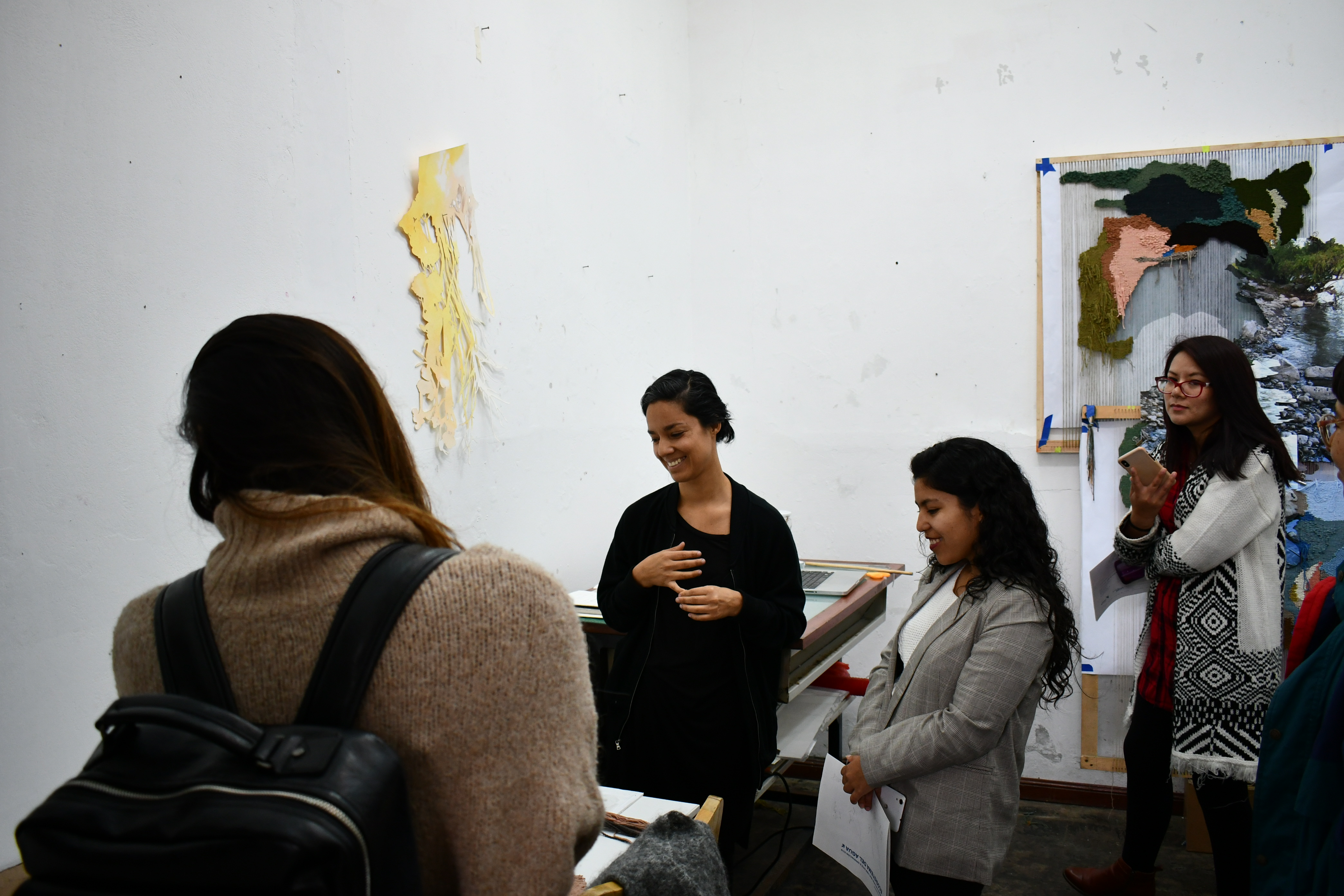
Ana Teresa Barboza explica sus procesos creativos con distintos tipos de fibras. Ana Teresa Barboza explains her creative processes with different types of fibers.
